The Grand, Eerie, Forgotten Architecture of Cuba’s National Art Schools
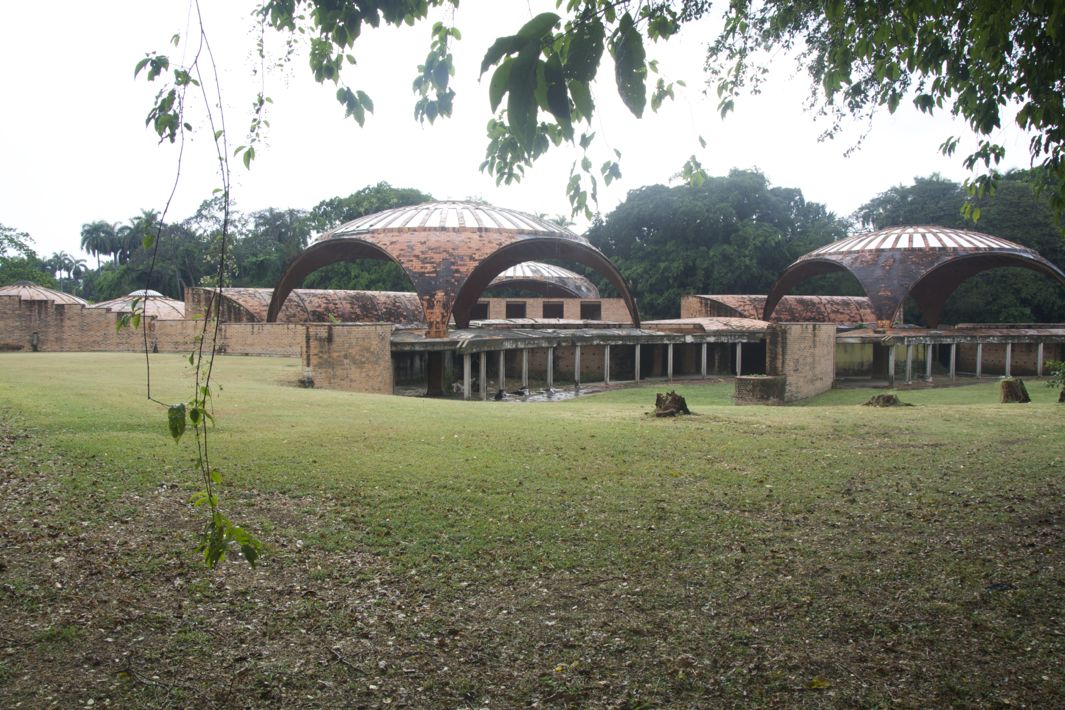
Courtesy of Dorothea Trufelman
Roman Mars’ podcast 99% Invisible covers design questions large and small, from his fascination with rebar to the history of slot machines to the great Los Angeles Red Car conspiracy. Here at The Eye, we cross-post new episodes and host excerpts from the 99% Invisible blog, which offers complementary visuals for each episode.
This week's edition—about Cuba’s National Art Schools, known today as the Instituto Superior de Arte—can be played below. Or keep reading to learn more.
On Jan. 3, 1961, Che Guevara suggested to Fidel Castro that they go play a round of golf. They drove out to what was then the ritziest, most elite country club in Havana. It was empty—almost all the members had fled during the revolution—and Castro and Guevara romped around the bucolic green acres while their official photographer snapped publicity shots.
As they played, they realized that the grounds of the country club were spectacular, and they knew they had to do something with the property. There, with golf clubs in hand, they decided they would build an art school.
By some accounts it was Castro’s idea, by others it was Guevara’s. In any case, one of them turned to the other and explained his vision for an international art school. Havana would draw students from all over the developing world and give them a first-class art education, free of charge.
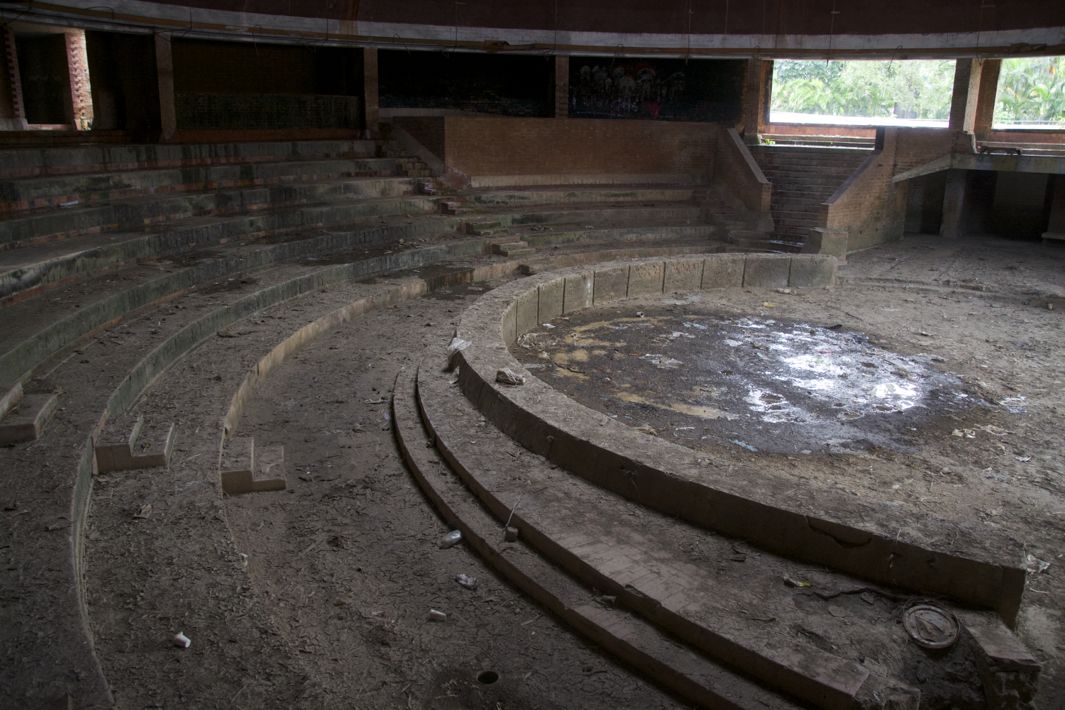
Courtesy of Dorothea Trufelman
This beautiful vision for a beautiful landscape required a beautiful building. Young Cuban architect Ricardo Porro was told that he had only two months to make the designs for an entire campus: five separate buildings for ballet, modern dance, visual arts, music, and theater. Porro knew he would need help, so he recruited two of his friends, Italian architects Vittorio Garatti and Roberto Gottardi.
In addition to the time crunch, the trade embargo made importing concrete and rebar very expensive. The three architects were limited to local materials. They decided to build with locally made brick and terracotta tiles. With these tiles, Porro, Garatti, and Gottardi decided to make schools comprised of Catalan vaults, domes made of layered tiles found predominantly in Catalonia, especially in Gaudí’s buildings in Barcelona.
With the unifying element of brick and unified style of Catalan vault, the three architects began to erect their separate designs around the edges of the golf course. Each school used the vault in a completely different way, and all their curving rooftops make them look like they’re churning, even dancing, as they twist and bend and unfurl into piazzas and courtyards.
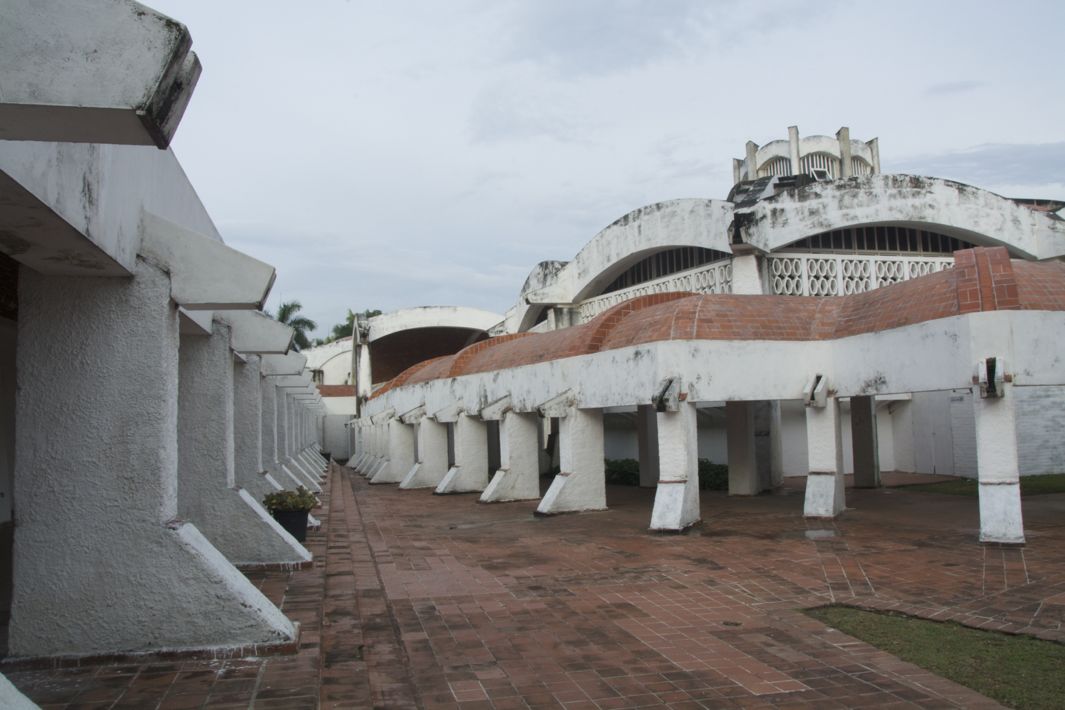
Courtesy of Dorothea Trufelman
Beyond their beauty, each school had a clear story to tell, with very intentional symbolism. This was most pronounced in Porro’s school of visual arts (or as they called it in Cuba, “plastic arts”) as a building that would nurture art and artists and help give rise to a uniquely post-revolution Cuban aesthetic. This school was going to give birth.
As Porro said: “I tried to make the school of plastic art as the image of a goddess of fertility. So I put a lot of breasts in the domes I built.” In the piazza, Porro placed a fountain sculpture of a papaya which, in Cuba, has a sexual connotation. Some higher-ups found this fountain scandalous, and the fountain was eventually switched off.
Beyond its provocativeness, the visual arts building was also a commentary on Cuba’s past and future. As you walk down the school’s curved passageways, it’s impossible to see where you’ve been and where you’re going. The loss of time and direction was a metaphor for this new chapter in Cuba. This building embodied both the excitement and apprehension within this new revolution.
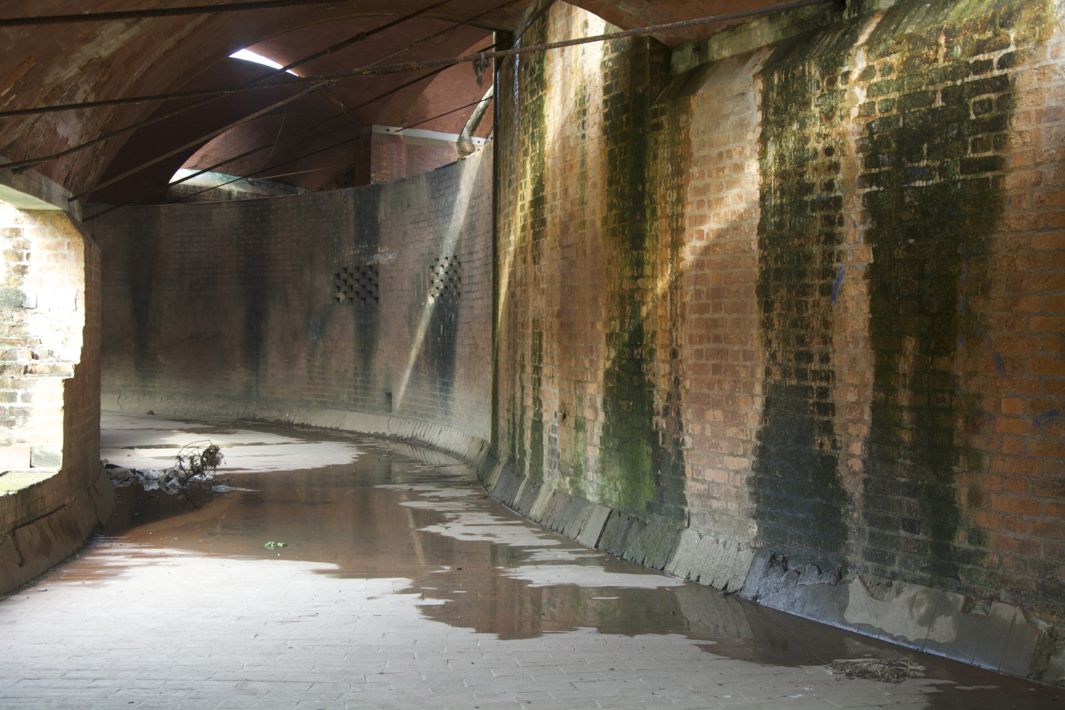
Courtesy of Dorothea Trufelman
If the revolutionary spirit was the driving force of the design process, so was it also for the construction process. The Catalan vaults required a lot of labor, so there were massive crews of young Cuban workers on the golf course, all invested in building schools that their children could one day attend. They were erecting their own futures, tile by tile.
This endeavor was so exciting that the schools opened while they were still under construction. Students used the meeting rooms and ballrooms of the country club, as well as the manicured grounds. Ballerinas pirouetted on the putting green, painters set up their canvases in the shade, violinists practiced in the forest. Students brought water and drinks and food for the construction workers and played drums to keep their spirits up. It was this beautiful, joyous undertaking—except when it wasn’t.
After the Bay of Pigs invasion and the Cuban missile crisis, the country’s budget began to prioritize defense over development. Suddenly, the school had a cash-flow problem.
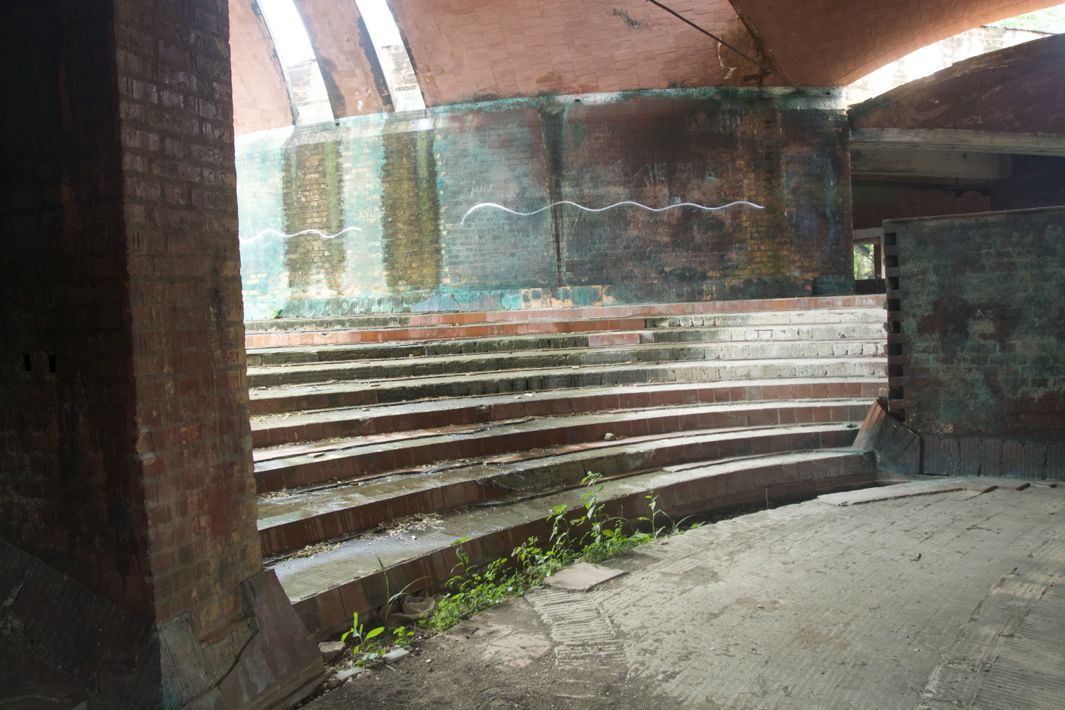
Courtesy of Dorothea Trufelman
At the same time, Cuba was starting to imitate the Soviet Union in both philosophy and aesthetics. Soviet architecture was blocky, functional, uniform, one-size-fits-all—a stark contrast to the sensuous, organic vaults and curves of the art schools. They began to be seen as extravagant at a time when the newly socialist republic needed to tighten its belt.
Within the schools themselves, many students who were gay, religious, or in other ways seen as “anti-revolutionary” were expelled. Porro gave them classes in his home. Porro could feel the values of the revolution were shifting, and he hurried the construction of his schools along, suspecting that construction could be stopped at any time.
Sure enough, workers on the schools were slowly reduced until, in July 1965, the schools were declared finished, in all their varying states of completion. Porro’s buildings were mostly completed, but the theater school was only 30 percent complete. The music school was also unfinished except for a few usable rooms. The most unfinished was the ballet school, which didn’t have floorboards or glass in the windows.
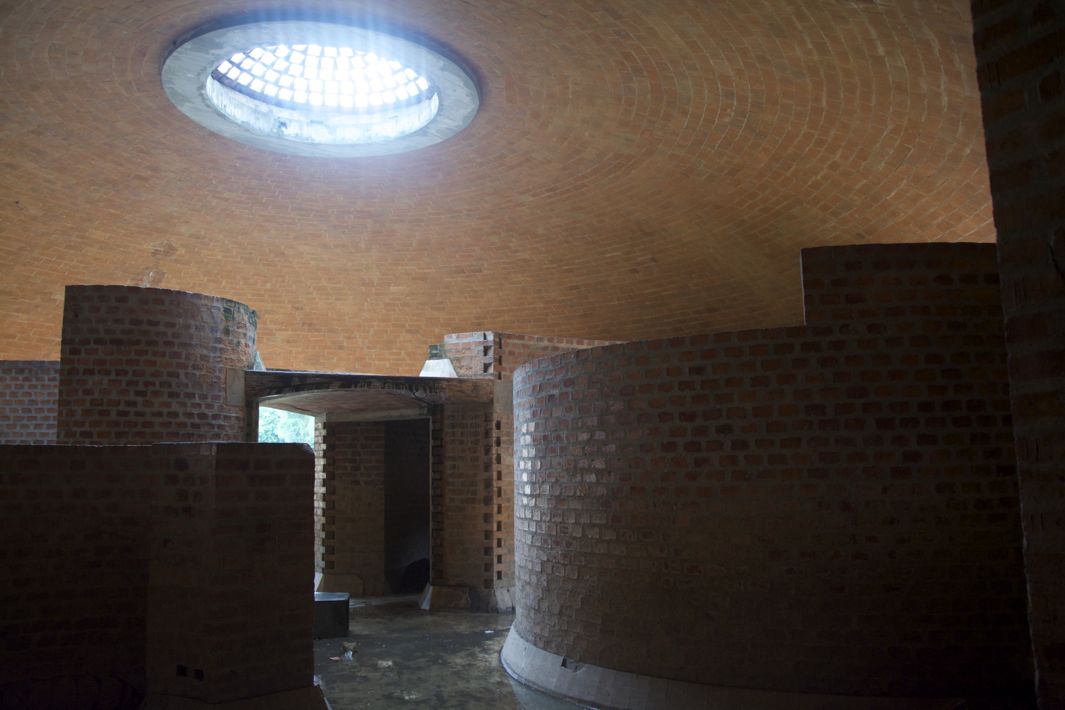
Courtesy of Dorothea Trufelman
The architects were scattered to different jobs within the ministry of construction. Porro was given demeaning jobs like being assigned to design a cage for an eagle in the zoo. In 1966, he moved to Paris.
Strangely enough, most of the schools themselves were never closed. Classes continued through even terrible moments in Cuba’s history, when entire families squatted in the rundown parts of the schools, ransacking them for materials. (The exception to this is the ballet school, which was used briefly as a Russian circus school, but otherwise became a ruin on the edge of campus.) Today the schools are known as the Instituto Superior de Arte.
The story of these schools was never discussed among the students or professors and wasn’t widely known until John Loomis, architect and professor at San Jose State University, published a book about them called Revolution of Forms: Cuba's Forgotten Art Schools. When the book came out in 1999, Castro publicly committed to restoring the schools, and all three architects were reunited in Havana to plan the restoration. This project, however, was abandoned in the wake of the financial crisis in 2000.
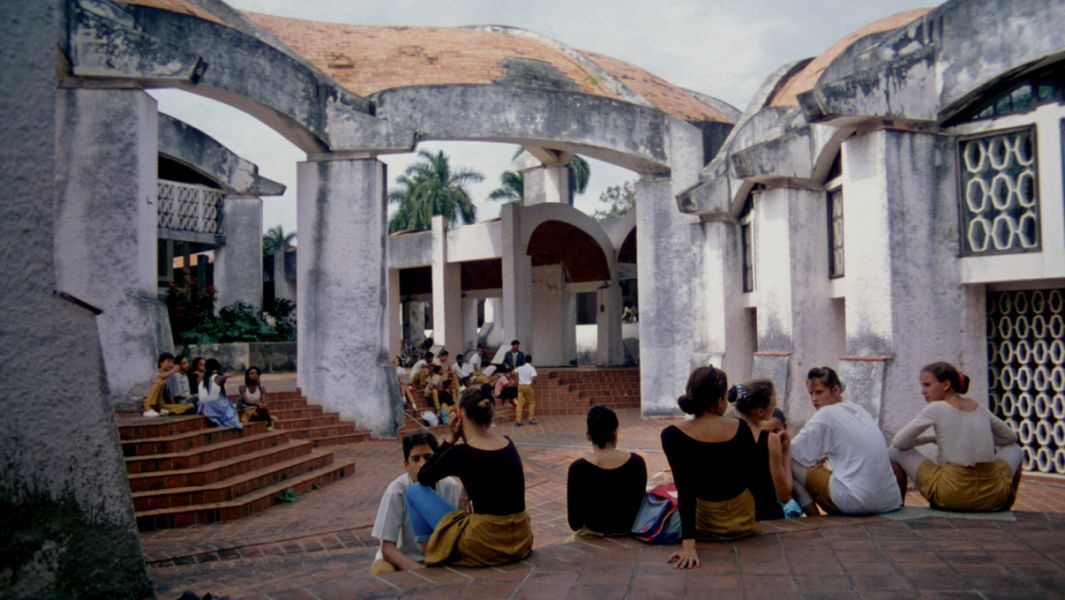
Courtesy of John Loomis/Revolution of Forms
Since then, other restoration attempts have been proposed—and shelved. However, even in their current disrepair, the architecture of ISA is stunning. The schools don’t look like any other buildings in the world. They are Cuban. They are the product, victim, and symbol of a revolution.
To learn more, check out the 99% Invisible post or listen to the show.
